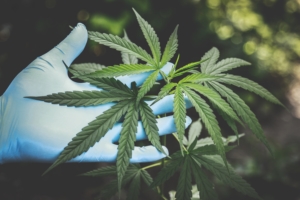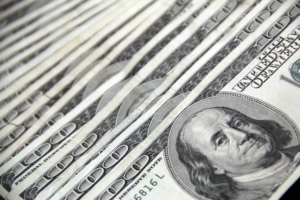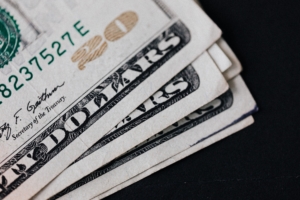New York Has Legalized Marijuana… Now What??
On March 31, 2021, New York became the fifteenth State in the U.S. to legalize recreational marijuana. Some of the changes, such as expungement of past possession convictions, legalization of possession of certain amounts, and the ability to grow plants at home, are effective immediately, Others, such as the creation and adoption of laws regulating the sale of marijuana, will take substantially longer to come into play.
Immediate Actions:
Effective immediately upon the signing of the New York State marijuana legislation, there will be no penalties for possession of less than 3 ounces of marijuana for individuals over the age of twenty-one, and anyone with past convictions for cannabis-related offenses which would no longer be criminalized will have their records expunged. Further, the New York State marijuana legalization laws will allow individuals to grow marijuana for personal consumption and will allow for the growth of three immature and three mature plants at any given time. There will be a limit of six mature and six immature plants per household, regardless of the number of household members..
Legal Framework:
The legislation calls for the creation of a new agency, the New York State Office of Cannabis Management, which will operate as an independent entity within the Office of Alcoholic Beverage Control. The Office of Cannabis Management will operate similarly to the New York State Liquor Authority (“SLA”) in that there will be a Board which will, among other things, have discretion to:
- Issue or refuse to issue any registration, license or permit;
- Limit the number of registrations, licenses and permits of each class to be issued within the state or any political subdivision thereof; and
- Revoke, cancel or suspend for cause any registration, license, or permit and impose civil penalties.
The New York State Cannabis Control Board will consist of a Chairperson, nominated by the governor, and four other members; each having one vote. The Chairperson, after receiving a recommendation and relevant application information and providing such information to all board members, will issue a preliminary determination on whether the license, registration or permit at issue shall be granted, denied, or held for further action. Within fourteen days of the Chairperson’s preliminary determination, any board member may object to the Chairperson’s preliminary determination, or request the matter be brought before the full board for consideration. A majority vote of all of the members will be required for the approval of any action taken by the full board.
While it will take some time- estimates range from 18-24 months- for the underlying legal framework to be approved and adopted, the existing New York Alcoholic Beverage Control Law should serve as a likely guide for many of the cannabis-related provisions. Both alcohol and cannabis are highly regulated substances with similar concerns, including qualifications to hold a license, physical standards for retail premises, required separation from schools and places of worship, etc.
Take Action
If you are considering applying for a New York State marijuana dispensary license, please contact Alexandra B. Becker, Esq. by email (abecker@nhkllp.com) or phone (518.432.3188) for a no-cost consultation to see how the attorneys at Nolan Heller Kauffman LLP may be able to assist.




FOLLOW US